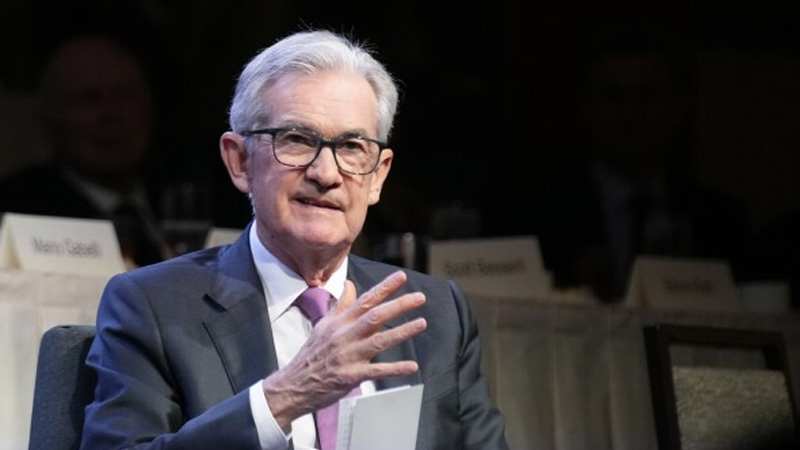In a recent statement, Federal Reserve Chair Jerome Powell conveyed concerns about the enduring state of US inflation, noting that despite its slowdown, it remains excessively high. Speaking at a New York conference, Powell intimated that further signs of above-trend growth or evidence of a tightening labor market could lead to more stringent monetary policies.
Although the Federal Reserve had eased its proactive approach to monetary tightening – an approach that took the benchmark lending rate to its highest in 22 years – it’s still focused on curbing inflation without adversely affecting the nation’s economy. Even though inflation has dropped significantly since its peak last June, it continues to hover above the Fed’s ideal 2% mark.
Powell’s comments emphasized the preliminary nature of the data, suggesting a more prolonged period is necessary to ensure a consistent downward inflation trend. While asserting the need for prudence in future rate decisions, he mentioned the Fed’s current “restrictive” policy stance aims at curbing both economic activity and inflation. However, he recognized the US economy’s resilience, citing its ability to manage high rates, bolstered by robust consumer spending.
Economists, like Gregory Daco of EY, inferred from Powell’s comments that an immediate rate hike in November seems unlikely. Daco’s stance is that while the Fed has concluded its tightening cycle, rate cuts might only be anticipated around June 2024.
According to a report by The AP News, Geopolitical tensions, such as the conflict between Israel and Hamas, were also addressed by Powell, underscoring their potential to disrupt global economic activity. Expressing personal dismay over the attacks in Israel and potential civilian casualties, Powell elucidated that the Federal Reserve’s primary role would be to assess the potential economic implications of such global events.
Further discussions on monetary policy saw a slightly more lenient perspective from Patrick Harker, president of the Philadelphia Fed. Harker suggested maintaining current rates, believing that inaction presently could be substantial in stabilizing inflation and bringing markets to equilibrium.


